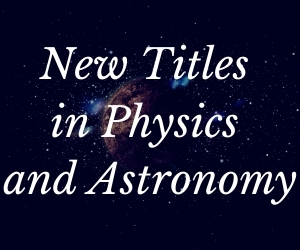System Upgrade on Tue, May 28th, 2024 at 2am (EDT)
Existing users will be able to log into the site and access content. However, E-commerce and registration of new users may not be available for up to 12 hours.For online purchase, please visit us again. Contact us at customercare@wspc.com for any enquiries.
In 1936, at age 31, Carl David Anderson became the second youngest Nobel laureate for his discovery of antimatter when he observed positrons in a cloud chamber.
He is responsible for developing rocket power weapons that were used in World War II.
He was born in New York City in 1905 and was educated in Los Angeles. He served for many years as a physics professor at California Institute of Technology. Prior to Oppenheimer, Anderson was offered the job of heading the Los Alamos atomic bomb program but could not assume the role because of family obligations.
He was a pioneer in studying cosmic rays at high altitudes, first atop Pike's Peak, then after the war in a specially equipped B-29.
Contents:
- Early Years as a Curious Child
- Undergraduate Student Days at Caltech
- Graduate Student Days at Caltech
- The Discovery of the Positron with the Magnet Cloud Chamber
- Antimatter
- Research on Pikes Peak
- Research in the Tropics
- Return to Caltech and the Discovery of New Fundamental Particles
- The Nobel Prize
- A Close Encounter with the Atomic Bomb
- World War II — Caltech Rocket Launching Development
- Return to Scientific Research
- Non-Scientific, Post-War Activities
- An Invitation to the White House by President Kennedy
- Princess Margaret Visits Caltech
- Popularization of the Beauty and Limits of Science
Readership: General.
























